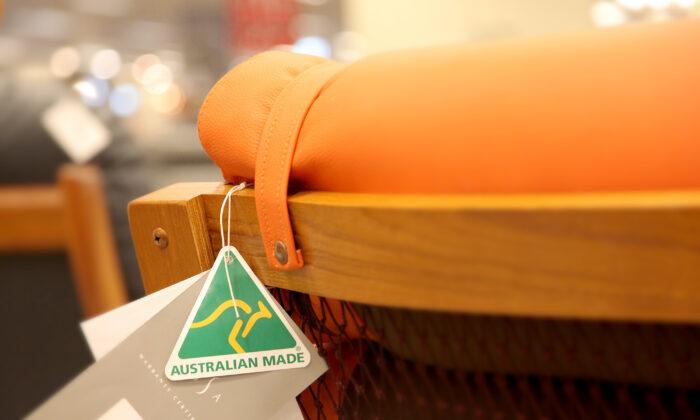Nearly 40 percent of those surveyed believed that this new patriotic trend was because “the pandemic has highlighted Australia’s reliance on other countries”, and the vulnerability this caused during the global COVID-19 pandemic.
“The impact of COVID-19 on Australians is unprecedented in so many ways not least of which is our shopping behaviour,” said Roy Morgan CEO Michele Levine.
“Critically since COVID-19 Australians have an ever greater preference for Australian made products,” she said.
According to the study, nine out of ten Australians now believe Australia should be producing more products locally following the COVID-19 pandemic while 43 percent of Australians are now more likely to look for country of origin labels on products.
“This research indicates that Australians are placing priority on manufacturing self-sufficiency and job creation along with a renewed appetite to address the imbalance between locally made and imported products, to ensure Australia’s long-term prosperity,” said Lazzaro.
Looking Ahead
Lai-Ha Chan, senior lecturer at the University of Technology Sydney, told The Diplomat that Australia needs to transform into “an industrial economy, relying less on exporting raw materials and agricultural products,” if it is to break away from the Chinese market.“Turning [Australia’s] abundant raw primary resources into higher value-added manufactured products would flatten the curve of its dependency,” she said.
But Chan noted that China’s economic sanctions on Australia might be more of a bluff than a permanent situation.
China’s attacks on Australian barley, wine and beef imports during the pandemic is more an attempt at external coercion without much weight, Chan explained.
Being geographically closer than most other countries to China, Australia also has more leverage than it thinks especially in terms of transport costs for minerals like iron ore, which China is heavily reliant on for its manufacturing sector.
But as reflected in Roy Morgan’s research, Australians understand that as a nation it would still be wise to take steps to reduce its dependence on other countries and protect its economy.





